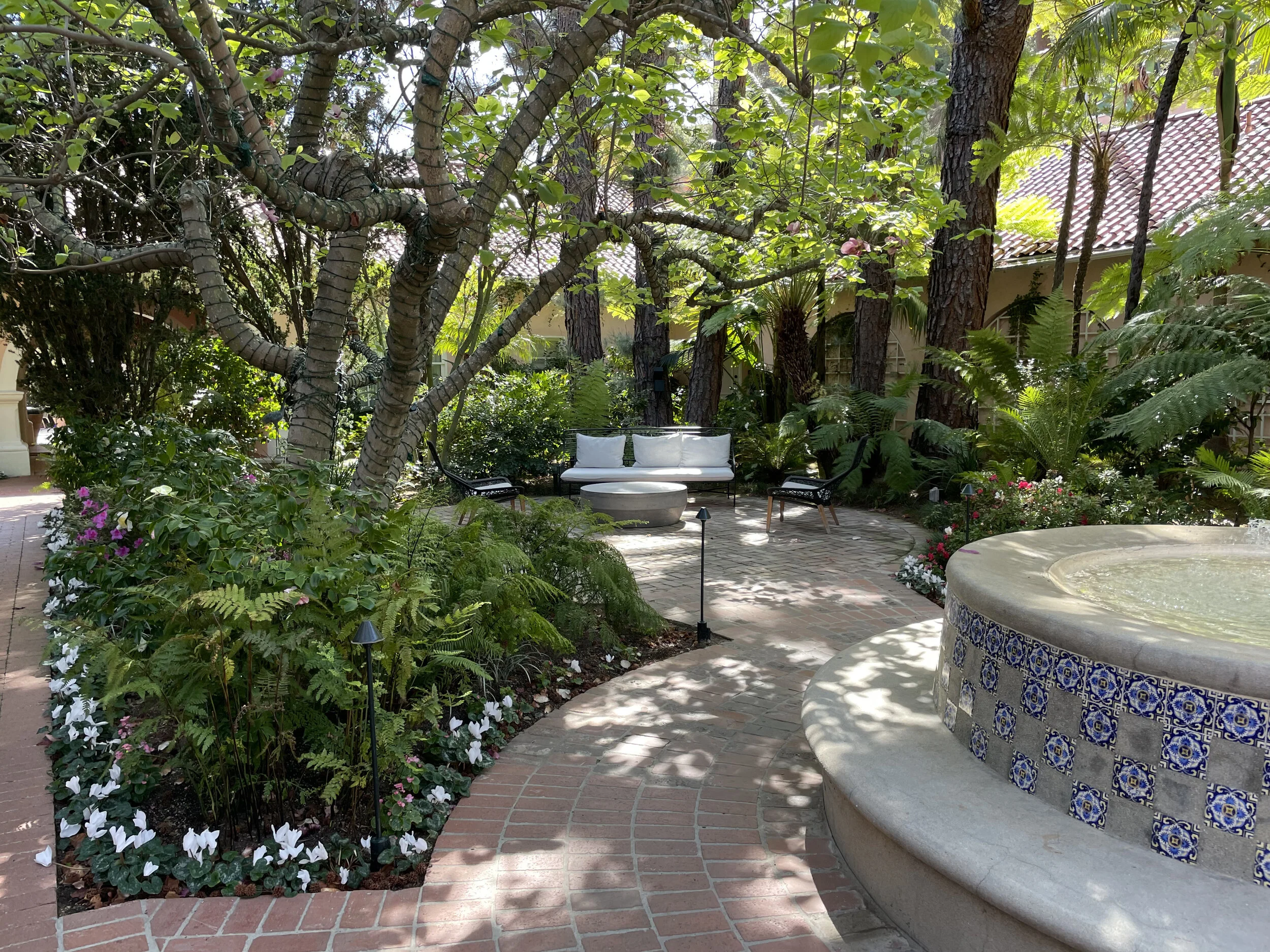This Week in Bridge
(360) Responder’s Rebids Opposite Opener’s NT Rebid
© AiB Robert S. Todd
Level: 5 of 10 (2 of 6) robert@advinbridge.com
General
When Opener begins the bidding with a suit bid at the 1-level and then rebids 1NT or 2NT, they have shown a balanced hand without a fit for Responder’s suit. At this point Responder is the captain of the auction, knowing a lot about their side’s combined assets. Responder can choose to stop the auction low, invite game, bid game, or even explore slam. It is important for Opener and Responder to have good agreements about Responder’s bids here - what bids are non-forcing, 1-round forcing, and game-forcing. Responder also has a valuable conventional tool for continuing the bidding when they need to force Opener to further describe their hand - New Minor Forcing is Responder’s tool when the Opener rebids notrump. Let’s look at these auctions in detail and see Responder’s rebid options.
Opener Rebids 1NT
When Opener rebids 1NT, showing a balanced hand, 12-14 points, and 2-3 cards in Responder’s suit, then “Responder’s Bucket” (classification of their strength) is one of the most important things for them to communicate with their 2nd bid.
Example 1
1♣ 1♠
1NT
Opener shows 12-14 points, a balanced hand, and 2-3 card ♠.
Minimum Bucket (6-9 points)
With a minimum hand, Responder either passes or makes a corrective bid. Let’s look at some corrective bidding options in our example auction:
Example 2
1♣ 1♠
1NT __?
2♣ 5+♣, 6-9 points, non-forcing
2♠ usually 6+♠, 6-9 points (could be 5-card suit), non-forcing
2♥ shows 5+♠, 4+♥, 6-9 points, non-forcing
Note: This 2♥ bid is non-forcing since Responder did not reverse or use a convention like New Minor Forcing. New suits by Responder are not always forcing, especially after the first round of the bidding.
Invitational Bucket (10-11 points)
With invitational values, Responder makes a forward-going bid and makes an effort to get to game.
If Responder only has a 4-card Major, then they will invite game with 2NT or 3♣ (3♣ shows 5+card ♣) – allowing Opener to play in 3♣ if they have a minimum.
If Responder has a 6-card ♠ suit they can rebid 3♠ to invite as well.
With only a 5-card suit and invitational values, Responder needs to look for a 5-3 fit and invite game. They do this by using New Minor Forcing (2♦ in Ex 2 above), which shows 10+ points and asks Opener if they have 3-card ♠ support.
Similarly, Responder can use New Minor Forcing if they want to look for a 4-4♥ fit.
Game Forcing Bucket (12+ points)
With game forcing values and no slam interest, Responder
Bids game with a 4-card or 6-card Major suit. In Ex 2 above, the auction is easy – Responder rebids either 3NT or 4♠.
With only a 5-card Major suit, Responder will still use New Minor Forcing and then drive to the right game -- 4♠ if they have a fit or 3NT without one.
Slam Interest
With a hand that is interested in more than just game (slam interest), Responder can make a 4NT Quantitative bid or ask for Aces with 4♣ Gerber. Otherwise, they will need to find a forcing bid (which will often be New Minor Forcing) to find out more information about Opener’s hand. Responder can use New Minor Forcing and then show their fit to investigate slam in a suit.
Example 3
1♣ 1♠
1NT 2♦*
2NT __?
3♣ 5+♣, Slam Try (does not promise 5-card ♠ suit)
3♥ 5-5 Majors, Slam Try
3♠ 6+♠, Slam Try
Other Auctions
In addition to jumps and New Minor Forcing, in some auctions Responder can use a Responder’s Reverse to force the bidding.
Example 4
1♣ 1♦
1NT 2♥
This 2♥ bid by Responder is a Responder’s Reverse and shows a 4-card suit, 10+ points, and is forcing for 1-round.
Example 5
1♣ 1♥
1NT 2♠
This 2♠ bid by Responder is a Responder’s Reverse and shows a 4-card suit, 10+ points, and is forcing for 1-round.
Opener Rebids 2NT
When the Opener rebids 2NT, showing a balanced hand with 18-19 points, Responder’s rebids are used to describe different hand strengths. There are no invitational bids in auctions like this:
Minimum Values
o Pass
o Sign off
Game Forcing
o New Minor Forcing (7+ points in these auctions)
o Responder’s Reverse
Slam Try
Your agreements about how to “sign off” are an important part of your partnership. The simple approach is to play that rebidding a previously bid suit is to play. There are other approaches (like Wolff Signoff) that can be used here as well.
Conclusion
When Opener shows a balanced minimum opening bid, Responder is clearly the captain of the auction. Responder must control the level of the auction (based on their side’s combined values) while searching for a fit (or the best fit). Responder’s primary tools for accomplishing these goals are natural bids and New Minor Forcing. Make sure that you and partner have good agreements about what bids are corrective, invitational, game-forcing, and slam tries. These auctions come up often and you should make sure that you and partner are the same page!

